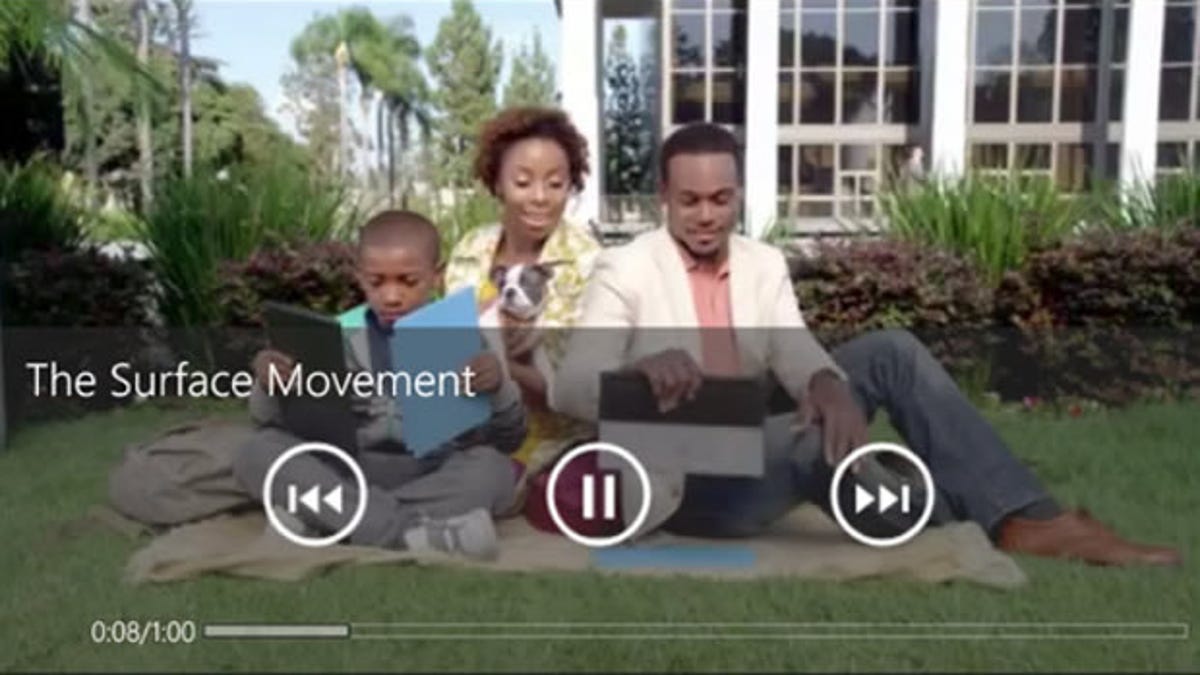Microsoft neuters YouTube Windows Phone app
The latest update simply opens the mobile version of YouTube, a sign that Microsoft may have thrown in the towel in its battle with Google, at least for now.

Microsoft has gone back to basics with the latest version of YouTube for Windows Phone.
Released on Monday, version 3.2 of the app has jettisoned all of the extra features in prior versions. Clicking on a link to a YouTube video now just redirects users to YouTube's mobile Web site, according to Windows Phone Central, essentially negating the whole purpose of using a dedicated app in the first place.
Why did Microsoft dumb down the YouTube app?
The folks in Redmond have been battling with Google over the app for the past several years. Microsoft had initially charged Google with purposely blocking certain YouTube metadata, while allowing access to Android and iOS devices. As such, Microsoft's Windows Phone YouTube app was "basically just a browser displaying YouTube's mobile Web site," Microsoft General Counsel Brad Smith said in 2011.
In May, Microsoft released a full-featured YouTube app for Windows Phone 8, one that seemed to please users but not Google. Sending Microsoft a cease-and-desist letter, Google said that the app violated its own terms of services by not presenting ads and allowing video downloads. Microsoft updated the app by halting video downloads but still not serving ads.
Finally, the two combatants agreed to settle their differences by creating a native YouTube app together. In August, Microsoft unveiled another full-featured YouTube app, which was initially presumed to be the new joint creation. After users complained that the app wasn't working, Google revealed that it was blocking the app's access to YouTube content.
The search giant's complaint centered on its requirement that the YouTube app be built using HTML5 and as such the new app violated its terms of service. In response, Microsoft lashed out at Google, protesting that an HTML5 app for YouTube "would be technically difficult and time consuming" to develop. The non-HTML5 app was seen as a stopgap measure while Microsoft continued to work on an HTML5 version for the longer term.
Based on the latest update, Microsoft has either given up on an HTML5 version or is simply doling out a bare-bones edition until it can finish the HTML5 app.
A Microsoft rep confirmed to CNET that the app has been replaced by an older version but declined to share any further details other than to point to an August blog post by deputy general counsel David Howard.
Updated 10:25 a.m. PT with response from Microsoft.

